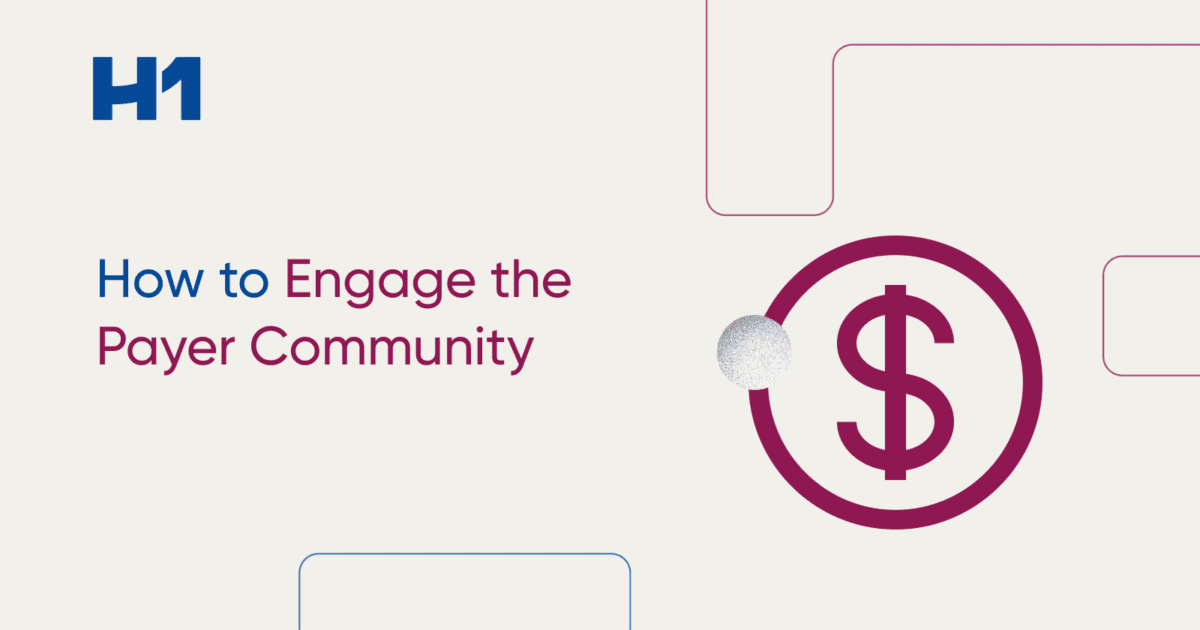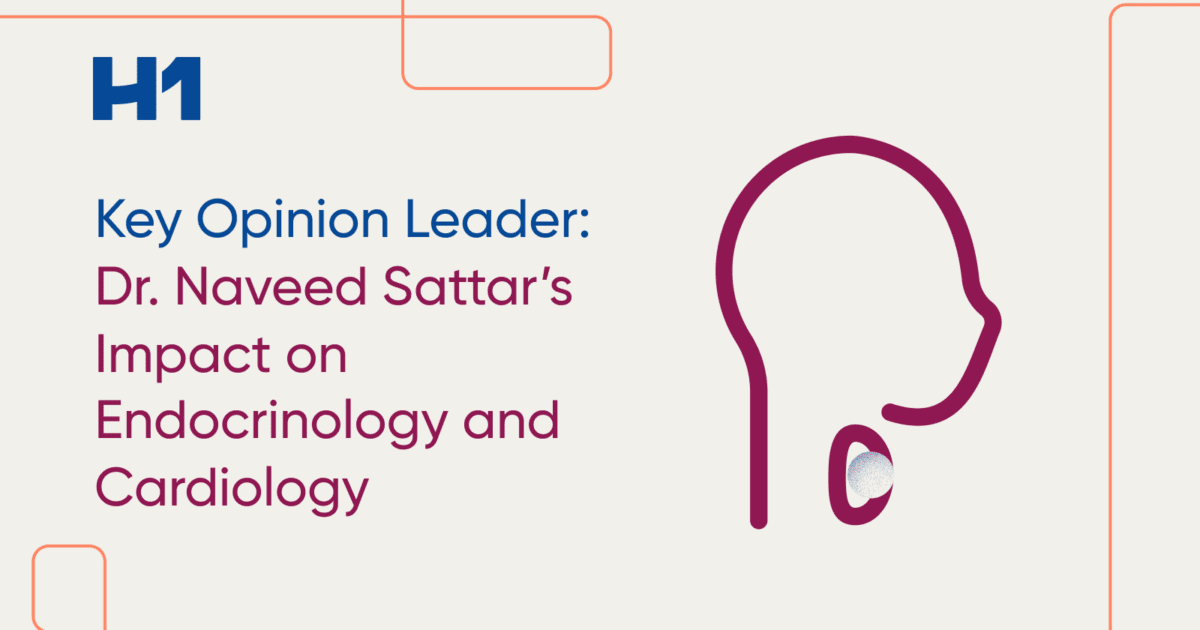How to Engage the Payer Community

Even before COVID threw the entire healthcare ecosystem into disarray, payers as well as the healthcare market in general faced significant cost pressure. Healthcare payers reacted with consolidation and vertical integration by buying previously discreet services such as pharmacy benefit managers, analytics engines, specialty distributors, or patient education companies with the goal of better managing every single dollar to optimize care for every single patient and saving money by doing this millions of times over.
In this environment one of the main challenges for drug manufacturers is to conclusively prove the value of their products to payers in order to get them added to pharmacy formularies and ultimately prescribed to patients.
Informing and educating payers about the medical and economic value proposition of their drugs has therefore become an important part of the outreach pharmaceutical companies, especially medical affairs departments, are doing. This includes developing models that medical science liaisons (MSLs) focused on payers, health outcome liaisons (HOLs), field-based medical HEOR, or market access MSLs can share with the payer organization.
In this blog we explore the needs of payer organizations and how drug manufacturers can effectively engage them over the long term.
Focus on Value and Cost Effectiveness
The information needs of payers are different from that of the healthcare provider (HCP) community. For payers, the focus needs to be on communicating the value proposition of the drug and answering the question why – from a comparative cost perspective – they should use the manufacturers drug over another. This cost effectiveness story needs to be supported by budget impact models and comparative cost effectiveness models. Using published clinical models and applying fair market value cost information leads to creating a compelling but also transparent and credible story.
“The blanket statement ‘my drug is better and cheaper’ does not cut it anymore. Payers have all the data, they run their own analysis in their own demographics based on their own usage trends. A very compelling and credible cost analysis is required to motivate payers to adopt a new product.” – Casey McCann, Executive Director, Value, Access, and Reimbursement Strategy at Klick Health
Who to Engage on the Payer Side
Just like HCPs are increasingly reluctant to open their doors to pharmaceutical sales reps, payers are not lining up to welcome members field medical teams. Access to payer organizations – past the initial gatekeepers in trade relations and pharmacy – is something that needs to be earned by providing reliable, transparent and realistic models in a consistent manner over the long run. For drug manufacturers the goal is to have access to and build relationships with members of the medical, quality, population health management, physician network management, member outreach, and potentially health plan marketing teams to better understand their priorities and be able to deliver valuable information.
During two discreet stages in the drug lifecycle the door tends to open more easily to representatives of drug manufacturers:
- Pre-approval – this stage presents an opportunity to provide information about the product and its use, target patient populations as well as cost and to tell a broader story.
- Approval – generally contracts between drug manufacturers and payers go in effect after the drug has been approved offering another possibility to provide data, models and information.
Telling a Broader Story
Payer organizations are playing the long game, the dynamics between drug manufacturer and payers is more like that between an airline and a plane manufacturer than that between an HCP prescribing a drug for one patient.
Therefore, effective manufacturer-payer relationships cannot be focused entirely on talking about a new product and the ask to put it on formulary, but needs to continuously demonstrate the value of an entire portfolio over a longer time horizon.
A way to achieve this is for the manufacturer to align their portfolio with the payer’s needs. For example, if the payer is focused on optimizing patient outcomes it makes sense to have a holistic discussion about patients’ drug needs, including related to co-morbidities, and show how the company can support managing the disease and optimize economic outcomes over the long term and broad populations.
This holistic approach is more effective than having a one-time dialogue about the value of a specific drug and presents the best chance of keeping the door open for an ongoing two-way conversation.
“The idea that one manufacturer can run a single model, share it with a payer and then think it will move the needle is short-sighted. Manufacturers need to consistently present a methodology in a disease state that a payer can then validate in their own data and in their own patient population.” – Casey McCann, Executive Director, Value, Access, and Reimbursement Strategy at Klick Health
A second important part is to not become the butt of a running joke told by the payer community whenever a drug manufacturer says that they developed a budget impact model. The response to this information, the joke goes, is invariably “Wait, let me guess! Your drug is more effective and cheaper! Right?”
While budget impact models are developed to show an advantage over existing products, undifferentiated claims like “always better and cheaper” are not credible. Credibility is gained when a drug maker is able (and willing) to specify the patient population where their drug has the best outcome at the cheapest cost even if that means limiting the patient population.
Taking a Data-driven Approach
Anonymized patient-level data (APDL) such as claims data are critical for the type of models and analyses payers want to see.
Clinical trial data also plays an important role. Randomized clinical trials (RCTs) are often run without an economic reference point, so cost modeling needs to be applied retrospectively. Claims data can be used to validate the average cost for an event; applying that information to the RCT data generates the basis for a prospective model that a payer can use to enter their own information into to get a relative cost.
Payers constantly model their data themselves. This is a critical part of how they run business, manage their patients, and decide where to focus. Any model a drug manufacturer presents will be subject to intense scrutiny. Drug manufacturers therefore need to walk a fine line between demonstrating the benefits of their drug (portfolio) and being credible, transparent and compliant in order to effectively engage payers in a mutually beneficial relationship and over the long term.
Access to comprehensive data, e.g. claims data, are one important basis for models – and one H1 can help you with. To learn more about how you can access H1’s repository of billions of claims data, take a look at what HCP Universe can do for your teams.
This blog is based on an interview with Casey McCann, Executive Director, Value, Access, and Reimbursement Strategy at Klick Health.

 HCP Universe
HCP Universe Trial Landscape
Trial Landscape